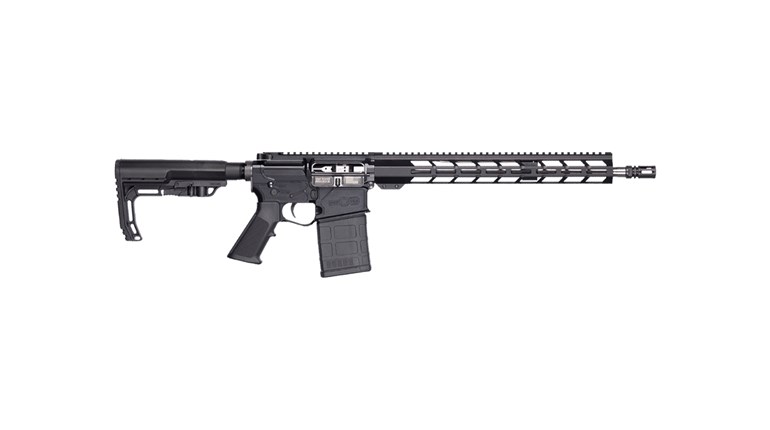
To give you an idea of the cost and performance of cheap handloads, my friend and shooting partner Vic Allen and I put together two loads for five common cartridges. I asked for Allen's help because he is the guru of the progressive press and because he owns a Dillon 1050. We used two powders for the pistol loads and two powders for the rifle loads. Each load was tested for velocity, accuracy and reliability in two different firearms. The calculated cost per round was based on the production of 1,000 rounds.
With the exception of a few malfunctions, all handloads performed as well as the inexpensive factory ammo I've tried. All we did for brass preparation was tumble and lube it in the case of the rifle cartridges. Mid-range load data was taken from the Ramshot and Accurate Arms manual, and an overall cartridge length under maximum was selected for each load. All the rifle brass was full-length sized, but not trimmed. Never just neck-size brass for service rifles, it can lead to jams and even slam-fires.
For the handgun loads, we used various inexpensive cast bullets. For the .223 Rem., we used bulk Remington 55-grain FMJ bullets. For the .308 Win., we loaded some 180-grain Sierra bullets. These are not your typical cheap bullets, but I picked them up at a yard sale for near nothing—another way you can save money.
Of the nine malfunctions experienced with the handguns, all were failures to feed and all but two were traced to excessive lead buildup at the mouth of the cartridge case. This can happen when cast bullets are not started straight in the cases or from lead residue that builds up in the seating die. You can circumvent this by keeping your seating die clean and by inspecting cartridges and removing any excess lead you find around the case mouth.
With the .308 Win. loads, we had 19 malfunctions. One round failed to fire in the because it did not fully chamber. The other 18 rounds would not chamber in the Sisk custom Civilian Sniper Rifle I routinely use for testing ammo and optics. It has a chamber cut near minimum spec. This is typical of well-made custom rifles. We discovered all of the cartridges involved with these malfunctions had cartridge cases longer than the maximum suggested case length. They should have been trimmed.
This is an important consideration with rifle loads, especially when you are using mixed brass, fired in multiple guns an unknown number of times. Ideally you should trim all rifle cases to the specified minimum length, but I wanted to see how not trimming the brass would affect performance. Once cases have been trimmed to a minimum length, you should be able to reload them multiple times before case length is again an issue.






































